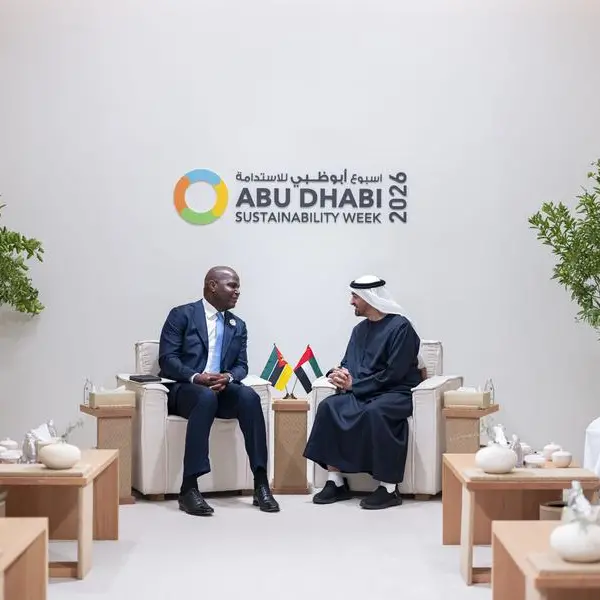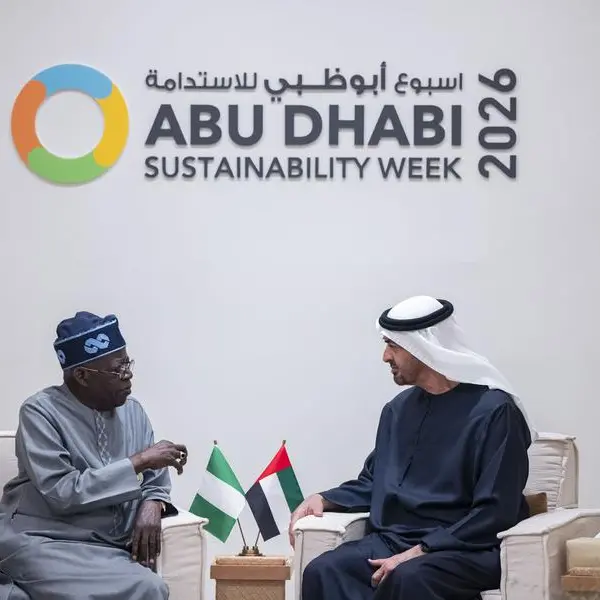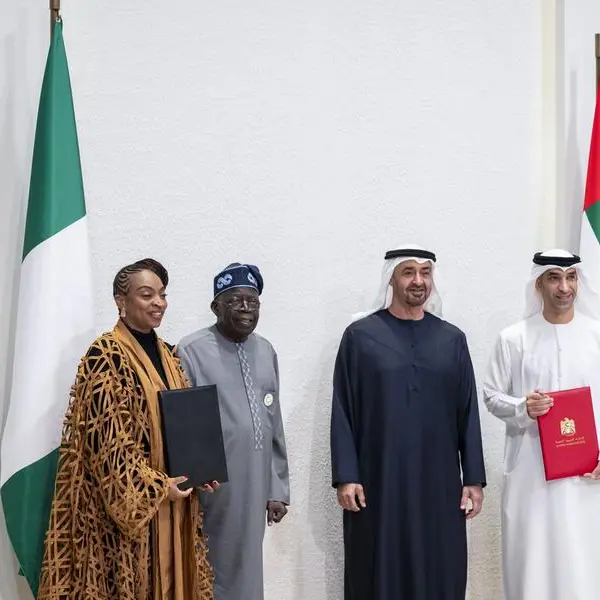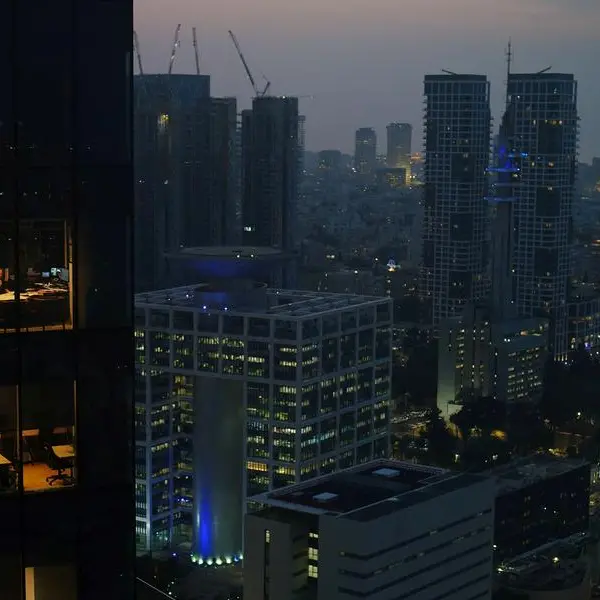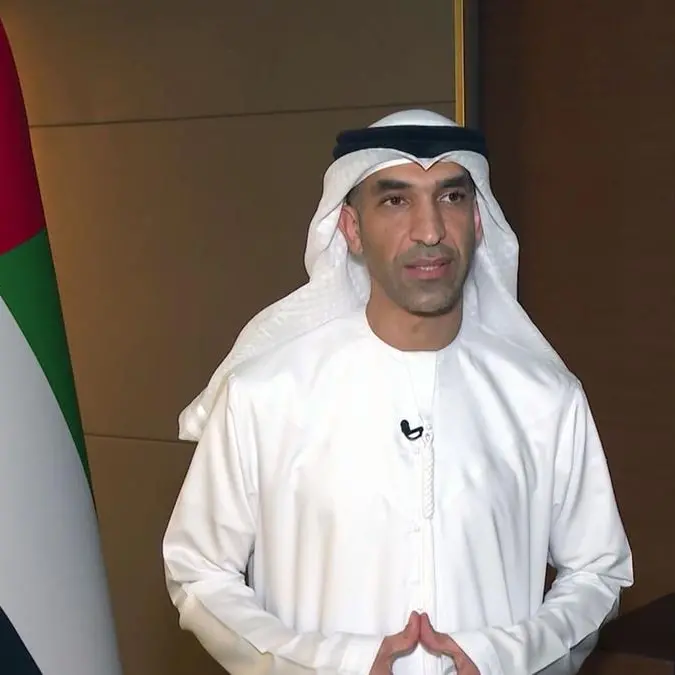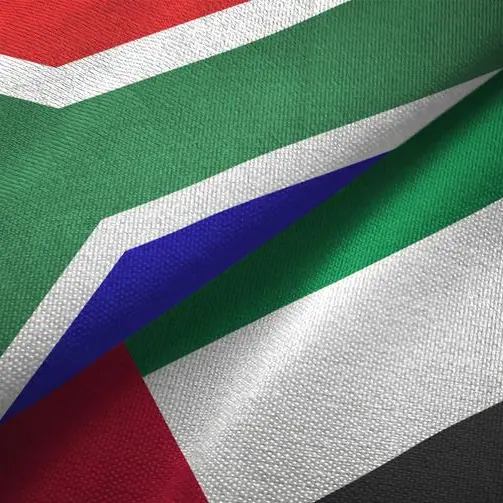Along with the global trend, Oman crude continued its surge nearing $75 a barrel, paving the way for fiscal consolidation with a narrowing deficit and expected surplus in 2022.
The price of Oman oil for delivery next November reached $74.89 per barrel on Dubai Mercantile Exchange (DME) on the last day of trading on Friday.
With this, the monthly average price of Omani crude oil for delivery in September amounted to $72.73 a barrel, an increase of one dollar and 7 cents compared to the price for delivery in August.
On the international markets, oil prices rose for a third week in a row to a near three-year high on Friday as global output disruptions have forced energy companies to pull large amounts of crude out of inventories.
Brent futures rose 84 cents, or 1.1 per cent, to settle at $78.09 a barrel, while US West Texas Intermediate crude rose 68 cents, or 0.9 per cent, to settle at $73.98.
FISCAL BALANCE
According to experts, from a fiscal balance perspective, oil price above $75 per barrel is a huge relief to the government of Oman as the Budget 2021 was prepared with an average oil price of $45 barrel per day.
“The higher oil prices will allow the government to rely lesser on borrowings from the international market to fund the anticipated fiscal deficit”, said Alkesh Joshi, Tax Partner and MENA leader for Earnest & Young.
Since average daily oil production during 2021 has been maintained more or less in line with the budget, he said the total income has significantly increased.
The budget for 2021 was prepared with an average daily oil production of 960,000 barrels. The average price stood at $67.9 per barrel during the January–August period, which is 47.6 per cent higher against the average price of $46 recorded in 2020.
According to International Monetary Fund (IMF), Oman’s economy is set to recover in 2021, with non-hydrocarbon GDP growth of 1.5 per cent as vaccine rollout gradually restores domestic activity along with the recovery of external demand.
The fiscal deficit and government debt rose sharply in 2020 but are projected to improve considerably over the medium term with the implementation of the authorities’ Medium-Term Fiscal Balance Plan.
The fiscal deficit widened to 19.3 per cent of GDP in 2020, partly reflecting non-policy factors (notably the contraction in nominal GDP). It is projected to decline to -2.4 per cent in 2021 and a surplus in 2022.
Net oil revenue — which accounted for around 51 per cent of the government’s total revenues — inched up 0.2 per cent in the first seven months of 2021 at RO 2.639 billion compared with RO 2.634 billion in the corresponding period of 2020. The government’s total revenues in the first seven months of 2021 increased by 0.5 per cent to RO 5.214 billion compared with RO 5.188 billion recorded during the same period last year.
2021 © All right reserved for Oman Establishment for Press, Publication and Advertising (OEPPA) Provided by SyndiGate Media Inc. (Syndigate.info).

